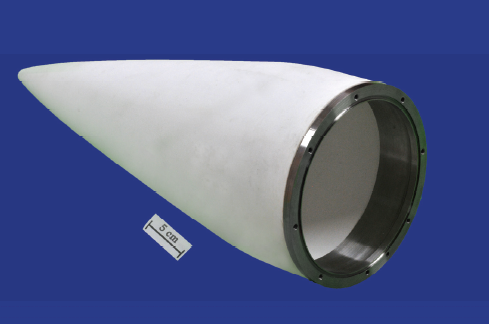Free Courses Sale ends Soon, Get It Now


Free Courses Sale ends Soon, Get It Now



Disclaimer: Copyright infringement not intended.
Context
About
Radome
Applications
Ceramic Radome for Missile
Ceramic
Applications of Advanced Ceramics
|
PRELIMS PRACTICE QUESTION Q. What do understand by the term Radome? The use of Radome applies to a range of industries that require the protection of sensitive equipment, electronic components, and personnel. Enumerate. |
© 2024 iasgyan. All right reserved